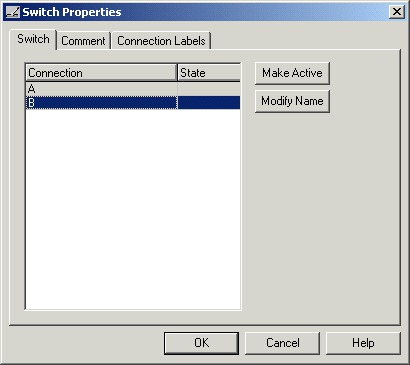

I highly recommend staying away from this option. Using either is beyond the scope of this answer. There are two popular Npm packages that provide helpful CLI interfaces for selecting (and automatically installing) whichever version you want for your system: nvm and n. While not very portable or easily maintainable, some developers like manually switching which global version of node is active at any given point in time and think the official ways of doing this are too slow. Node Version Manager - The "Screw it, I'll do it myself!" Way 😢😢😢😭😭😭😭😭

I had to remove the bleeding edge version before installing the LTS version: choco uninstall nodejs The Open Source Windows Package Manager Way winget install -e -id OpenJS.Nodejs -v 14.9.0Ĭhocolatey - The Independent Package Manager Way 🎉Ĭhocolatey is good for keeping installations up to date easily and it is a common way to install Node.js on Windows. You might want to remove the currently installed version via "Add or remove programs" tool in Windows. msi for the version you want and install it. If you're not using a package manager like Chocolatey or a node version manager like nvm or n, just download the. I found myself wanting to downgrade to LTS on Windows from the bleeding edge. If you're on node 12 and want to downgrade to node 10, just remove node and follow the instructions for the desired version: # Remove the version that is currently installed You can also do this with the npm (or yarn) packages but you'll need to set your PATH up specifically or use something like npx that handles it for you. The node package accomplishes this by downloading a node binary for your local system and puts it into the node_modules/.bin directory. Upon executing a package.json "script", npm (and yarn) will use that version to run the script instead of the globally installed Node.js. You can add node as a dependency in package.json and control which version is used for a particular project. With package.json - The Maintainable and Portable Way 🎉🎉🎉🎉🎉🎉🎉🎉🎉🎉🎉 Lets each project specify its own version Download and run the installer, then: nvm install v0.10.33 # Install v0.10.33 Use nvm-windows, it's like nvm but for Windows. N ls # Output the versions of node available N -stable # Output the latest stable node version available

N -latest # Output the latest node version available N stable # Install or activate the latest stable node release N latest # Install or activate the latest node release Say you want Node.js v0.10.x to build Atom. Use n, an extremely simple Node version manager that can be installed via npm.


 0 kommentar(er)
0 kommentar(er)
